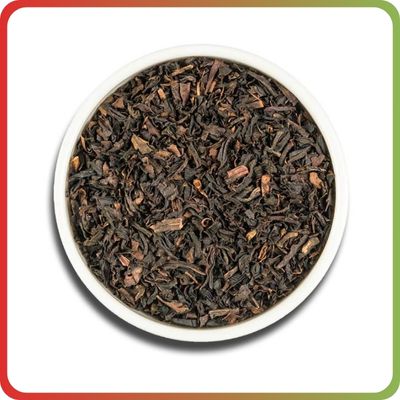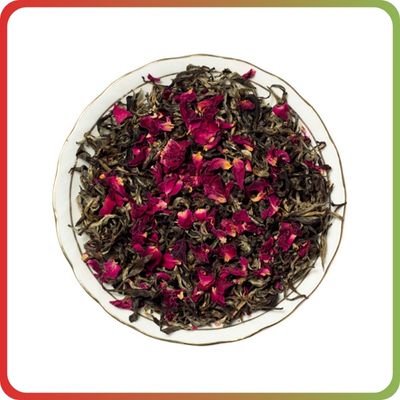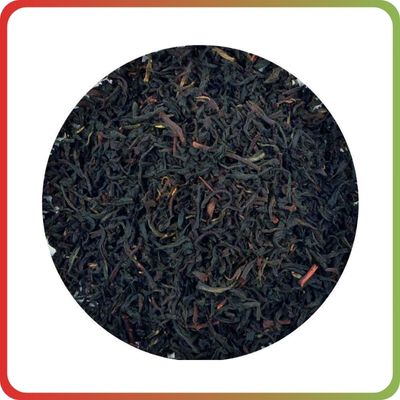5 Best Tea in India - Brewing Excellence
January 16, 2024
India, a country renowned for its diverse culture and traditions, has a longstanding love affair with tea. From the vibrant streets of its cities to the tranquil hills of its countryside, tea is more than just a beverage; it’s a cultural phenomenon. In this exploration, we embark on a journey to unveil the best tea in India, each with a distinct flavour profile that reflects the rich tapestry of the nation’s tea culture.
Brewing Tips and Recommendations
General tips for brewing the perfect cup
Before delving into specific teas, it’s essential to understand the general principles of brewing a perfect cup. Factors such as water temperature, steeping time, and the quality of ingredients play a crucial role in the final flavor.
Specific brewing recommendations for each tea
Tailoring the brewing process to the unique characteristics of each tea ensures an optimal experience. From the robustness of Assam to the delicacy of Darjeeling, understanding how to bring out the best in each cup is an art.
Pairing suggestions for best tea in India
Beyond the brewing process, the joy of tea is often amplified when paired with complementary foods. Discover delightful pairings that enhance the flavour notes of each tea, whether it’s the spice-infused chai or the muscatel Darjeeling.
Liking it, explore more articles like this here
5 Best Tea in India - Brewing Excellence
Here’s a list of the 5 Best Tea in India - Brewing Excellence from popular brands on the market today.

Chai, a word that resonates with every Indian, is more than just a drink; it's a ritual. Comprising black tea, aromatic spices, and milk, chai holds a special place in the hearts of millions. Its distinctive fragrance wafts through homes, roadside stalls, and bustling markets, symbolising warmth and hospitality.
The Good -
- Ubiquitous: Easily accessible at street corners, markets, and households across India.
- Comforting: The warm, spiced blend provides a sense of comfort and familiarity.
- Customizable: Allows for personalization with variations in spice blends and sweetness levels.
The Bad -
- High in Sugar and Calories: Commercial preparations may contain excessive sugars and calories.
- Acquired Taste: The bold spices and flavors may not suit everyone's palate.

Known as the "Champagne of teas," Darjeeling tea hails from the misty foothills of the Himalayas. Its distinct flavor, often described as muscatel, with floral and fruity notes, sets it apart in the world of teas. Darjeeling's unique terroir, including the altitude and weather, contributes to the exquisite taste that has made it globally renowned.
The Good -
- Delicate Flavor: Renowned for its delicate and nuanced flavor profile.
- Exclusive: Limited harvest periods contribute to its exclusivity.
- Global Recognition: Enjoys recognition as a high-quality tea worldwide.
The Bad -
- Higher Cost: The exclusivity contributes to a higher price point.
- Limited Availability: Specific growing conditions make consistent production challenging.

Assam, the largest tea-producing region in India, is known for its bold and malty teas. The low elevation and tropical climate of Assam create a robust flavor profile with distinctive malty notes. Assam tea is often favored as a robust morning beverage, and its strength makes it an ideal candidate for blending in various tea blends.
The Good -
- Robust Flavor: Known for its strong and robust flavor.
- Versatile: Stands up well to the addition of milk and sugar.
- Abundant Production: High yield makes it widely available.
The Bad -
- Strong Taste: May be too intense for those who prefer milder teas.
- Astringency: Over-brewing can lead to astringent notes.

Venturing south to the picturesque hills of Kerala brings us to Munnar, where tea plantations adorn the landscape. Munnar teas offer a unique flavor profile, often characterized by a blend of subtlety and depth. The region's commitment to organic and sustainable tea production adds an eco-friendly dimension to its offerings.
The Good -
- Unique Flavor Profile: Balances delicacy and depth.
- Organic and Sustainable: Emphasis on eco-friendly and sustainable practices.
The Bad -
- Limited Availability: May be challenging to find outside the region.
- Nuanced Flavors: May not satisfy those who prefer a stronger cup.

The Nilgiri region, with its lush hills and temperate climate, produces teas known for their floral and fruity notes. Nilgiri teas are versatile, suitable for both hot and iced preparations, making them a delightful choice for different occasions.
The Good -
- Refreshing: Bright and refreshing character.
- Versatile: Suitable for both hot and iced tea preparations.
The Bad -
- Less Robust: May not appeal to those who prefer bolder flavors.
- Delicate Nature: The flavors may be overshadowed in strong blends.
Conclusion
As we conclude this journey, let's recap the diverse flavours we've explored – the comforting chai, the delicate Darjeeling, the bold Assam, the nuanced Munnar, and the refreshing Nilgiri. Each tea, a reflection of its region, has its own story to tell.





